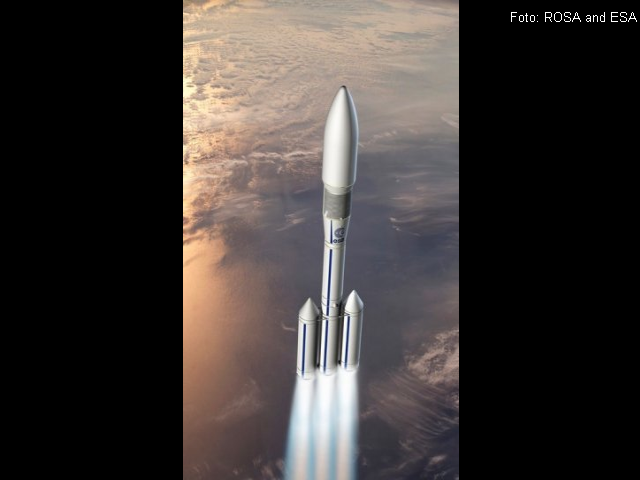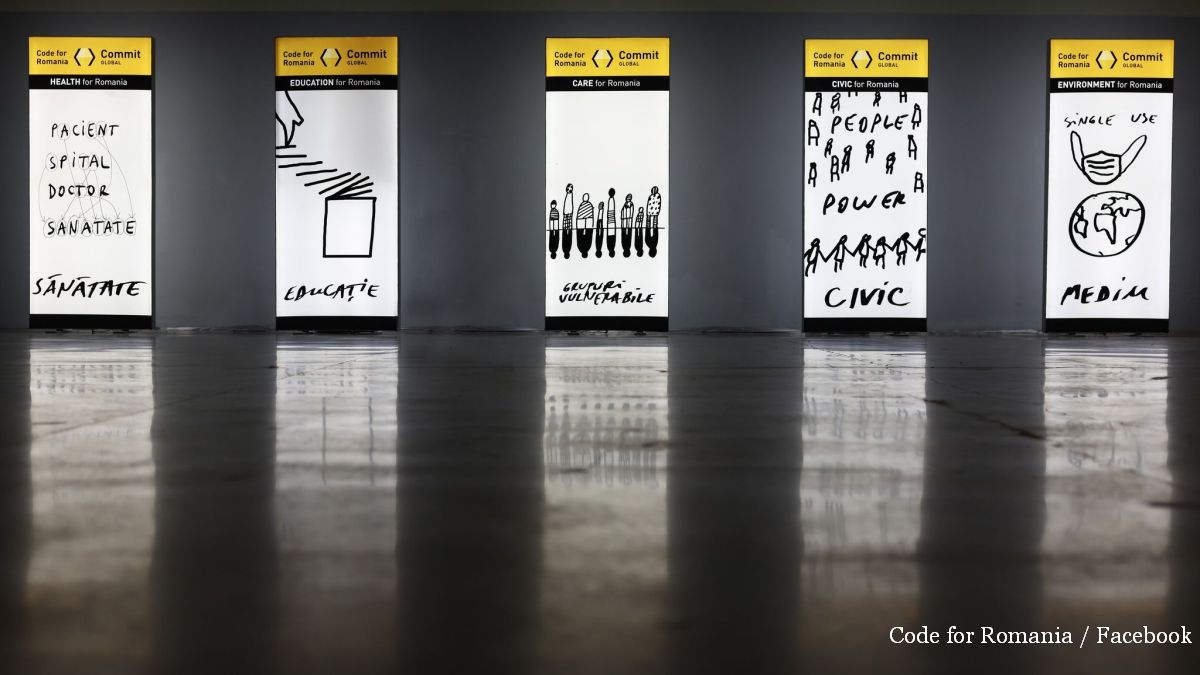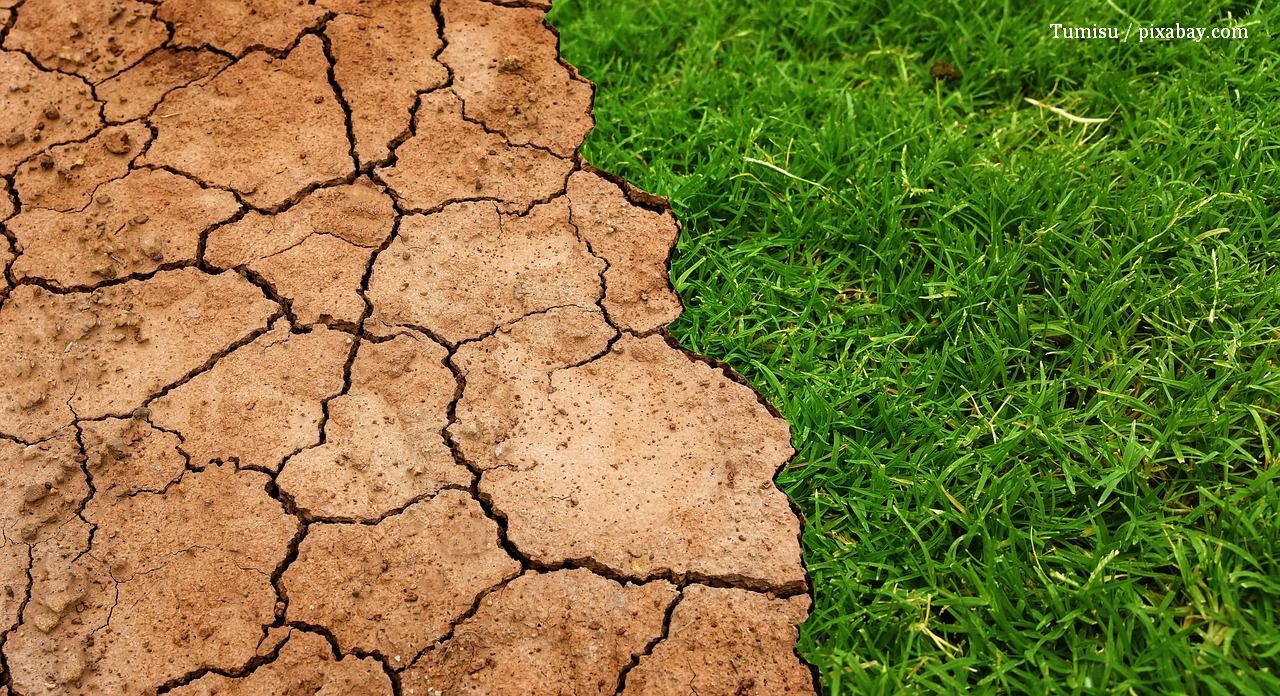Space Projects with Romanian Participation
Earlier this month European Space Agency (ESA) Member States met in Luxemburg, where they reached “a historic agreement to build the Ariane 6 prototype launch vehicle.

România Internațional, 19.12.2014, 14:27
Earlier this month European Space Agency (ESA) Member States met in Luxemburg, where they reached “a historic agreement” to build the Ariane 6 prototype launch vehicle. The space aircraft is much better than the previous generations and is due for launch in 2020. Its mission is to launch science satellites or space pods, as well as to set up telecommunications satellites. Europe has pledged to earmark some 4 billion euros to this project. The money will be used to build a new launch base in the French Guyana and to develop a small launch vehicle. Overall, the European Union has provided a global budget of eight billion dollars over the next ten years for its space launchers. Its objective is to preserve its advantage on the commercial satellite launcher market.
At present, the US private company SpaceX is launching satellites by means of Falcon 9 missiles. Each launch costs between 49 and 68 million Euros. China and India are expected to step up their activity in this field in the next ten years. China even managed to put a rover on the Moon, the Jade Rabbit, while India has successfully inserted the Mangalyaan satellite probe on the orbit of Mars, at a cost 10 times lower than NASA’s MAVEN mission.
According to the ESA director, Jean-Jacques Dordain, the Ariane 6 deal “is a great success”. The agreement took several months of hard negotiations, particularly between France and Germany, the main contributors to the project. France has committed to cover 52% of the costs, and Germany 22%. Operational since 1996, the current launcher Ariane 5 has covered 50% of the satellite launcher market, with 62 successful launches so far. Ariane 6 is due to incorporate several state-of-the-art technologies developed by European partners, in an attempt to set up a modular launcher able to meet the requirements of each mission.
Romania singed its first agreement with the European Space Agency in 1992 and has been a full Member since 2011. Apart from its contribution to the development of the Ariane 6 launcher, Romania also joined the European efforts of financing the International Space Station. By joining the program, Romania is now co-owner of the Station, alongside other 11 European states, as well as international partners such as the United States, Canada, Russia and Japan. According to Minister Delegate for Research, Mihnea Costoiu, Romania’s joining the program is an opportunity for the Romanian space industry.
Former astronaut Dumitru Prunariu, at present sitting on the Board of the Romanian Space Agency, told Radio Romania about the importance of this event: “The list of benefits includes making our own experiments, which might be capitalized at European level and thus lead not only to scientific findings, but also to material gains for Romania in the future. In addition, the fact that we are part of the decision-making process regarding the future of the international space station is also extremely important. Our small contribution allows us nevertheless to come up with proposals and make the best use of the station in the interest of our country”.
Romania’s contribution to these programmes is further evidence of the fact that Romania’s research and innovation potential continues to yield clear-cut results, and that investments in this field are legitimate and reasonable, Romanian officials have said. According to the director of the Romanian Space Agency, Marius Ioan Piso, the International Space Station will become an excellent laboratory to test new technologies for low-orbit space missions, but also for outer space missions to explore the solar system.
What are the projects where Romania will play a role?
Marius Ioan Piso told us: “There will be a couple of missions, such as the Probe-3, which is due to build a 144-metre-long telescope into space, to be used to detect potentially dangerous objects coming from the Sun. Another project entails the deflection of a double asteroid, where Romania will cover 40 to 45% of the work”.
Romania can become an important actor on the commercial nano-satellite market, with increasingly frequent space and terrestrial applications. The first space experiment that Romania contributed to was in 1972 — the Intercosmos Program. In 1981, on May 14, Romania became the 11th country worldwide to deploy its first astronaut into space, Dumitru Prunariu.






























